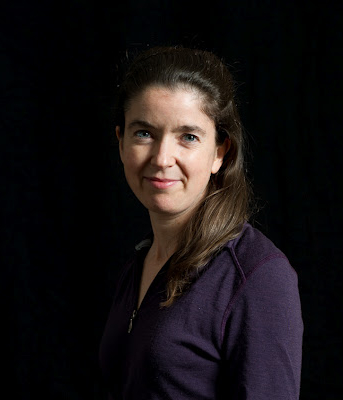Research
Understanding the rain-snow transition zone in mountainous regions
We're working to improve understanding of the rain-snow transition zone in a small watershed in southwestern Idaho at the Reynolds Creek Critical Zone Observatory. We have a paper in review now with an amazing dataset for the hydrological community from the Johnston Draw watershed in collaboration with colleagues at the USDA ARS, UI, and Boise State.
Land use and climate impacts on water quality at the urban-wildland interface
Within a large, interdisciplinary ecosystem services project, we've been conducting a project focused on water quality at the urban-wildland interface around small cities such as Pocatello, Idaho. We're particularly interested in nitrate and pharmaceutical contamination. We've integrated public survey data with well water quality information.
Active flowing network drainage density, discontinuous stream networks, and network resilience
We have been working on temporary streams to highlight interesting scaling relationships between the active flowing network drainage density and flow in a series of hydrologically diverse catchments in CA and ID. These scaling relationships indicate how streams networks expand and contract, disconnect and reconnect as conditions grow wetter and drier over time. We are now exploring controls on these patterns as well as their implications. Some of our work has taken place near the Taylor Ranch field station in the Salmon Basin in central Idaho to explore how shifts in plant water use affect stream connectivity across the rain-snow transition.
Coupled hydrology and biogeochemistry of water tracks and thermokarst in Arctic Alaska
We are studying linkages between terrestrial and aquatic systems in hillslope "proto"-channels known as water tracks near the Toolik Field Station in northern Alaska. Water tracks are linear areas on the hillslope with higher soil moisture that may be important for nutrient uptake and delivery to streams. We are using geophysical imaging techniques and multiphysics modeling with collaborators at CO School of Mines and Ohio State University to extend our understanding derived from extensive field measurements.
Snowpack sensitivity in mountainous catchments
What happens to low flows in snow-dominated catchments if rain starts to fall instead of snow? Climate warming is expected to shift the phase of precipitation from snow to rain across much of California's Sierra Nevada Mountains. In a series of papers, we have looked specifically at how critical low flows respond, how hypsometry can be used to understand differential basin response, and LiDAR-derived improvements to sensitivity estimates based on energy balance assessments.
Travel time distributions
On average, the time that a parcel of water takes to move through a catchment is its mean travel time. The distribution of travel times around that mean reflects the variability in flowpaths and flow velocities. Understanding how quickly water moves through a catchment can improve our understanding of which soluble contaminants or weathering products it might pick up along the way. Using spectral analysis techniques, we were able to show that long-term tracer studies produced travel time distributions with similar shapes.
Chemostatic catchments and concentration-discharge relationships
Water transports solutes and contaminants as it moves through a catchment. By looking at solute and water data at 59 hydrochemically diverse sites, we were able to identify consistent patterns in the concentration-discharge relationships at both the timescale of storm events and on an interannual basis. We modeled a series of likely explanations for the patterns that we observed, and have identified opportunities at the CZO network to further understand process controls on these patterns.
Runoff Generation
In the Amazon and Panama, there are large economic pressures to cut primary or secondary forests. Land-use changes can alter the biogeochemical and hydrological patterns. I looked at soil hydrologic properties and runoff generated on different soils and under different land uses.

